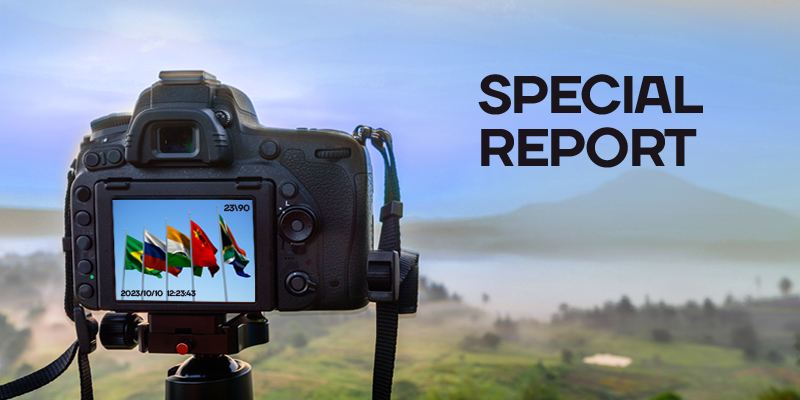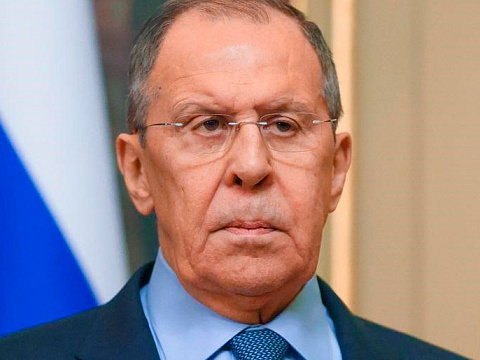Tula Samovars Were Initially Made in the Ural Mountains
This weekend, the central square of Yekaterinburg will welcome the biggest Russian 470-liter samovar and will give everyone tea with barankas and caramel. And in other city, Tula, handicraftsmen hurry to finish their work on a samovar, which will be several liters bigger. And it will become a new Russian record. The rivalry between the Ural and Tula masters has been continuing for several centuries.
Sergey Chernov, guide of the Tula Museum of Samovars:
"Here's the thing; samovars, actually, appeared not in Tula, they appeared in the Urals. It was 1738. The factory of Osokin brothers. Just in case, the first samovars were made of copper. Here, in Tula, their production started much later. It is considered to be allegedly in 1746. But in reality, Tula did not have factories for a long time. What was the real case? Masters worked in different parts of the city – some of them made samovar bodies, others made handles and legs, and later, they assembled it all."
In production, there has always been a strict job specialization. A master would never make the whole samovar. In Tula, more than 7 people worked on one product. An applier, who bent a brass plate, brazed and shaped it. A tinman, a metal worker, a metal turner and a woodturner, a cleaner and an assembler of a samovar. They were no ordinary masters. All of them were also engaged in production of Tula weapons.
Sergey Chernov, guide of the Tula Museum of Samo - vars:
"Respectively, they produced weapons. But in times of peace, when armorers had no orders, they were engaged in production of various art objects from steel."
Modern production of samovars in Tula is still connected with armorers. It is situated on the protected area of a cartridge-producing plant. What is it – a mere tradition, coincidence, or do they use secret technologies?
Andrey Lazarev, director of the manufacturing company:
"The matter is that technologies used in production of cartridges, they are similar to samovar manufacturing techniques. They have some things in common. It is not a coincidence you are in the territory of a cartridge plant, because initially, when the cartridge plant was born, it also housed serial production of samovars."
Samovars manufactured in the territory of the Tula Cartridge Plant are the single piece production. Just like in good old times, several masters work on each product. A samovar is born on paper. A designer works on design, sets a form and even calculates its future service life in drawings.
Andrey Lazarev, director of the manufacturing company:
"On average, it takes more than one month to make a samovar. It is connected with the fact that it takes a lot of manual work. Pressing machines are mainly used to make bodies. And all the rest is 100% hand-made. Thus, the big labor input and the high price. Our samovars cost 250 thousand rubles and more."
250 thousand rubles are only a starting price of a hand-made samovar. The most expensive samovar ever was sold in 2004 at Sotheby's in England for 274 and a half thousand pounds sterling. It is about 15 million rubles.
It was made by the legendary jeweler Carl Fabergé in 1900. It was decorated with silver and gilding. The samovar was called "The Wood Goblin". It is interesting that each master calls his products according to their form – watermelon, egg, a glass, or pumpkin. There are also exotic ones. Recently, they have made here a samovar in the shape of a palace with metal patterns reminding wooden lace of carved window trimmers.
Sergey Sorokin, Arts and Crafts Production Director:
"There was a samovar called "Palace". It was uniquely made in old times. Here we made a modern version of the palace samovar. A customer ordered a palace, and nothing else. There was a samovar in the form of a blast furnace. For a chief of foundry production from his subordinates. They ordered the blast furnace for his anniversary."
Wealthy customers have always used their unusual samovars to show off. Not only forms, but also fuel, were a source of boasting. Before the invention of electricity, the original samovar was kindled with firewood and cones. At that time, the elite started to purchase exclusive kerosene heaters.
Sergey Chernov, guide of the Tula Museum of Samovars:
"Kerosene was not widely used. First, because of fuel price, second, it produced a lot of smoke and smelt bad. After all, kerosene is not the pleasant thing, but they say, it was actively used in the Caucasus. Here we have a spirit samovar. It uses industrial alcohol and first was made at the Shmarin factory. But it also did not gain popularity in view of fuel prices. Generally, it was made to please people who were richer than the main population and could afford such wonders."
Most people think that samovar is a purely Russian invention, but it is not so. The Chinese one is rightfully considered to be the most ancient – a deep bowl with a built-in pipe and a blower. It is called Huo-Guo, translated as "a fiery copper". However, it was used not for tea. They cooked soup or broth in it. Today, China buys Russian samovars with enthusiasm. As the Tula masters suppose, not for private use.
Sergey Sorokin, Arts and Crafts Production Director:
"China is a very authentic country. They can make anything. But our workmanship interests them very much. Because the manual engraving on samovars can hardly be met anywhere. All engravings on a samovar can only be manmade, handmade, a machine cannot repeat it. Thus, China can invent a machine, develop a program, software, but they will not put soul in it. Let them try."
During its almost tercentenary history, the samovar has managed to become an expensive household item, handed down from generation to generation. It was covered with dust on shelves in Post-Soviet time. Today it has again become a fashionable accessory for countryside gatherings, and the pride of Tula masters.
Alexander Kononov, Anton Kosolapov, TV BRICS.







 DIGITAL WORLD
DIGITAL WORLD





































